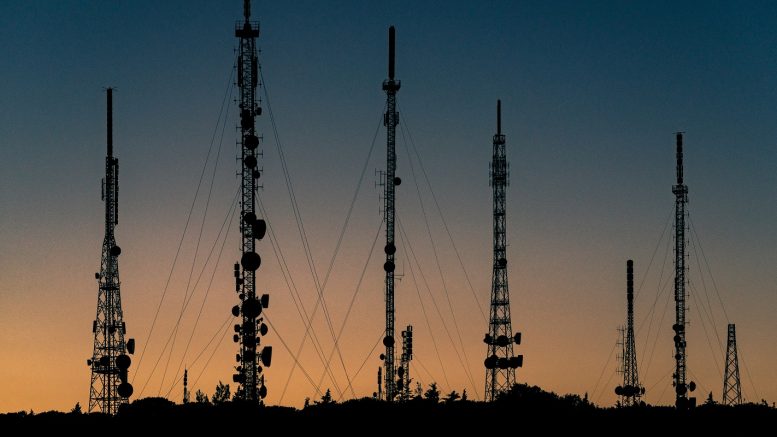Digital healthcare is revolutionising the way we treat patients and the arrival of 5G technology now has the potential to take remote healthcare and telemedicine to a whole new level. 5G is the next generation of wireless connectivity and is up to 100 times faster than 4G. The combination of quicker connectivity speeds, greater efficiency, and ultra-low latency – the amount of time between a request and the execution of a computing command – is set to dramatically improve our day-to-day digital experiences.
When applied to healthcare, 5G will greatly help in improving both the monitoring and care of patients at home, as well as the efficiency of GP surgeries and hospitals. That’s because it can support patients in having more control and autonomy over their own health, enables more care to be managed remotely, and when patients do come into a healthcare setting, professionals have far more information about them already at hand to make informed decisions.
How can 5G boost existing technology in healthcare?
5G will not only create the foundation for connected devices but make existing healthcare technologies more accessible and effective too, thanks to near-instantaneous data transfer speeds. It will be especially beneficial for telehealth services that require a lot of bandwidth, including telemedicine, which enables remote consultations to be conducted via live video and telephone. Over the past couple of years, telemedicine has provided many patients with a more convenient and affordable way to access medical treatment, without needing to travel to hospitals or doctors’ offices.
Network-enabled Internet of Medical Things (IoMT) devices, including remote patient monitoring tools, are also set to become more efficient thanks to 5G. These are increasingly being used to provide clinicians with previously unseen insight into their patients’ health by measuring everything from heartbeat to blood sugar levels. The data from these devices can also be combined with other data that is known to impact health, such as air quality in a patient’s neighbourhood. This more holistic and real-time approach to data gathering means clinicians gain a far more rounded view and can deliver more personalised patient care. 5G will also open the door to integrating voice and video inputs, offering yet another layer of information from which to draw and new ways for patients to engage in their care.
Until now, remote monitoring has been largely restricted by the capacity of networks to handle large data volumes, but that will likely change with the arrival of 5G. It will enable more reliable connections and a greater capacity to facilitate the data transfers needed to make fast, remote healthcare decisions for patients. It will also assist in offering discreet monitoring solutions for patients in care homes or with chronic conditions that could benefit from round-the-clock medical observation. Data from devices and sensors can be aggregated to enable imaging, diagnoses, and data analytics. This is particularly significant given the increase in people living into old age and a rise in chronic diseases such as diabetes and cardiovascular illness.
How 5G can make healthcare systems more efficient
5G networks will be not only be able to move large datasets quickly but will also be able to perform labour-intensive tasks without creating network lag. An ultra-low latency rate is especially important in a remote healthcare setting because medical professionals often need to make decisions at speed and delays can prove detrimental to care. This becomes even more critical when operating in rural areas relying on remote specialists.
Today, approximately 30% of the world’s data volume is being generated by the healthcare industry and by 2025 , it will reach 36%. That’s 6% faster than manufacturing and 10% faster than financial services. 5G and AI technologies are therefore extremely important mechanisms for the industry to be able to unleash actionable insights from this mammoth information store, so that health systems can move more rapidly towards predictive and proactive approaches to care.
Given the current NHS backlog of 6.18 million people across the UK waiting for routine operations as of February this year, anything we can do to make healthcare services more efficient and effective will no doubt be welcomed by clinicians and patients alike.
What the healthcare industry can do to prepare for 5G
The advent of 5G, together with recent and ongoing innovations in remote healthcare and telemedicine, presents a wealth of opportunities to boost our healthcare system at a time when it needs it most. However, a lack of interoperability between digital systems may prove to be a stumbling block. The Internet of Medical Things (IoT) is a connected infrastructure of medical devices, software applications and health systems and services, that all rely on the free flow of data across the system to function. Healthcare organisations such as the NHS, together with government and private sector companies, must therefore work to advance this, if we are to take full advantage of the 5G network and new technologies becoming available to us.
By Jon Payne, Manager of Sales, Engineering and Education at InterSystems





